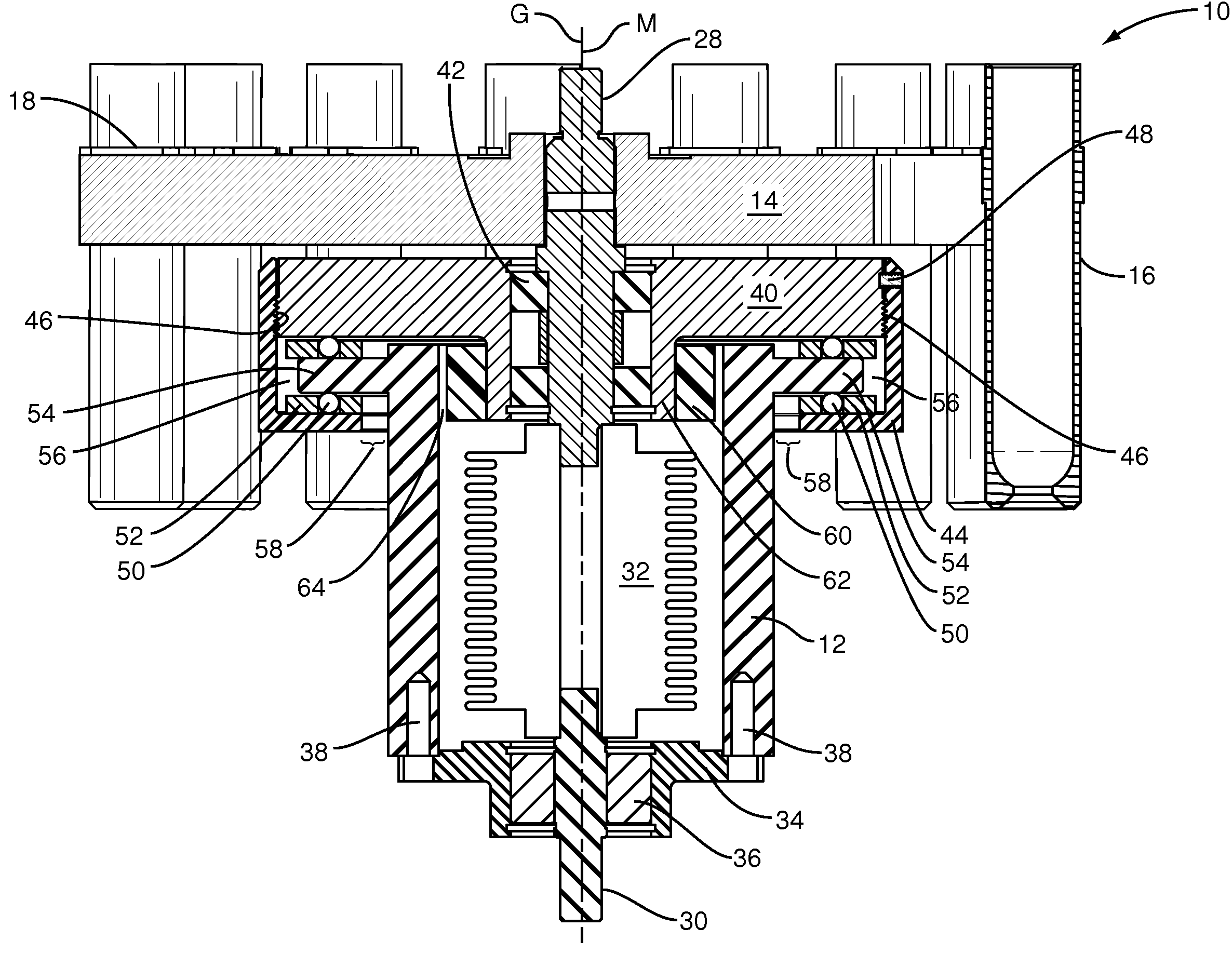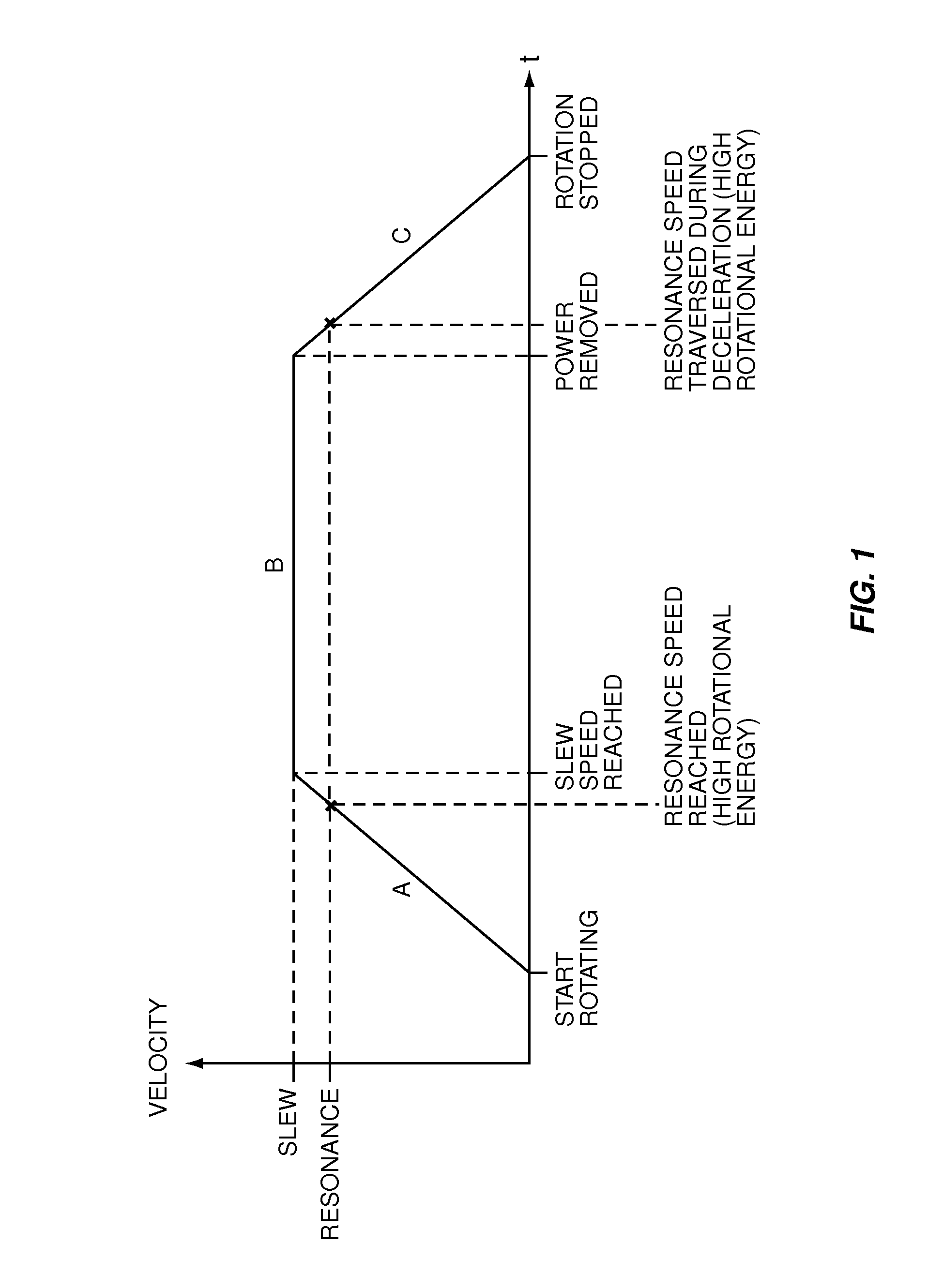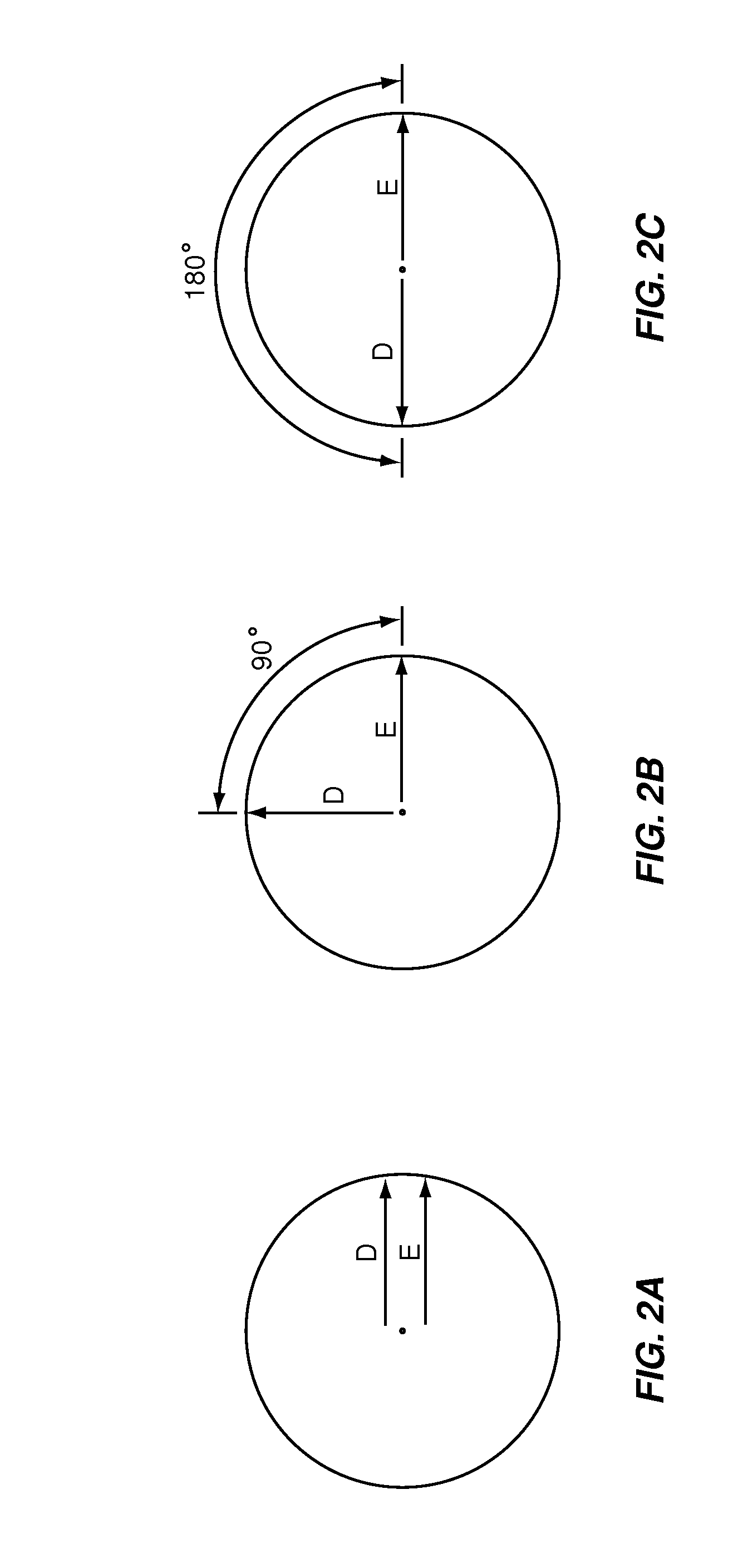Automatic balancing device and system for centrifuge rotors
a centrifuge and rotor technology, applied in pipeline systems, centrifuges, thin material processing, etc., can solve the problems of lateral motion and significant vibration of the centrifuge chassis, and achieve the effect of reducing resonance speed, high mass inertial coupling, and reducing energy
- Summary
- Abstract
- Description
- Claims
- Application Information
AI Technical Summary
Benefits of technology
Problems solved by technology
Method used
Image
Examples
Embodiment Construction
[0030]The embodiments set forth below represent the necessary information to enable those skilled in the art to practice the invention and illustrate the best mode of practicing the invention. Upon reading the following description in light of the accompanying drawing figures, those skilled in the art will understand the concepts of the invention and will recognize applications of these concepts not particularly addressed herein. It should be understood that these concepts and applications fall within the scope of the disclosure and the accompanying claims.
[0031]The present invention is a device and method for automatically balancing centrifuge rotors. More specifically, the present invention provides automatic critically-damped inertial mass centering of a centrifuge rotor to accommodate unbalanced loads without imparting significant vibration on the centrifuge chassis. A centrifuge rotor shaft is “softly coupled” to a motor drive shaft using a flexible coupling or bellows to allow...
PUM
 Login to view more
Login to view more Abstract
Description
Claims
Application Information
 Login to view more
Login to view more - R&D Engineer
- R&D Manager
- IP Professional
- Industry Leading Data Capabilities
- Powerful AI technology
- Patent DNA Extraction
Browse by: Latest US Patents, China's latest patents, Technical Efficacy Thesaurus, Application Domain, Technology Topic.
© 2024 PatSnap. All rights reserved.Legal|Privacy policy|Modern Slavery Act Transparency Statement|Sitemap



